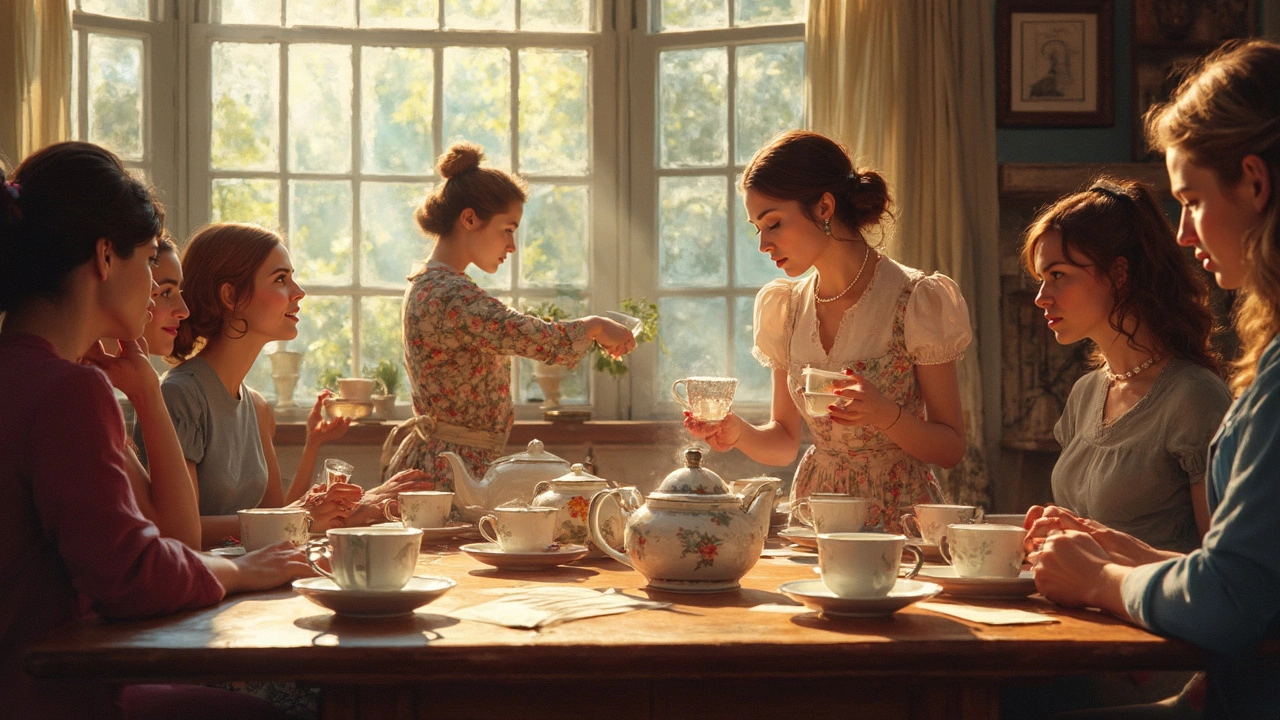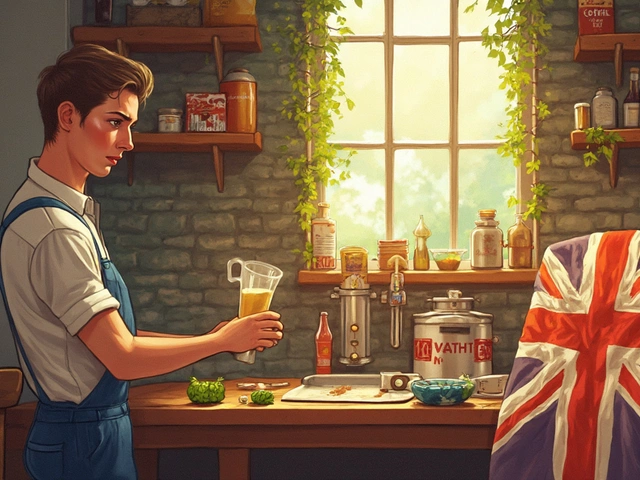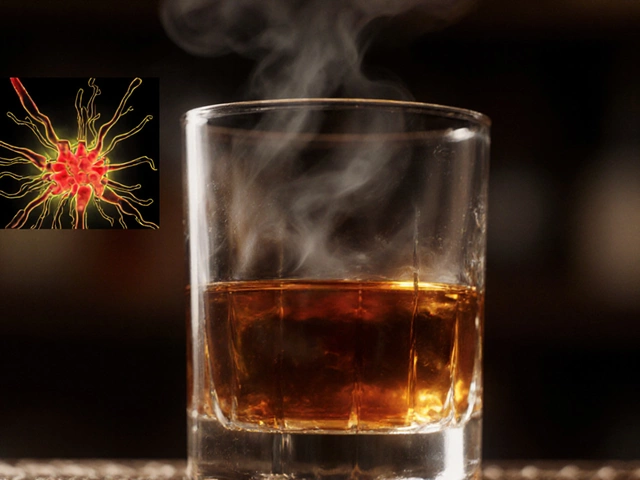Tea Terms Explained: Your Quick Guide to Tea Vocabulary
If you’ve ever felt lost when a friend talks about a "first flush" or calls themselves a "teaphile," you’re not alone. Knowing the right words makes tasting, buying, and chatting about tea way easier. Below you’ll find the most useful terms, plus tips on how to drop them into conversation without sounding pretentious.
Common Tea Vocabulary
Steep / Steeping: The process of soaking tea leaves in hot water to release flavor. Most teas need 2‑5 minutes, but matcha is whisked, not steeped.
Infusion: Another word for steep, often used when you brew a tea more than once. The first infusion is usually strongest.
Flush: Refers to the harvest period of tea leaves. First flush is the early spring pick, light and fresh. Second flush comes later, richer and fuller.
Tannins: Natural compounds that give tea its astringent bite. High tannin teas feel dry in the mouth; lower tannins feel smoother.
Terroir: The environment where the tea is grown – soil, altitude, climate. Just like wine, terroir influences flavor.
Oxidation: The chemical reaction that changes green tea into black tea. More oxidation = darker color and stronger taste.
Tea Lover Slang: Words like teaphile, tea aficionado, or teaholic describe someone who loves tea. Use them when you want to sound friendly and inclusive.
Leaf Grade: Terms like whole leaf, broken leaf, or fannings tell you how processed the tea is. Whole leaf usually means better quality.
Pu‑erh: A fermented tea from China that ages like cheese. It can taste earthy, and older pu‑erh often has a smoother finish.
How to Use Tea Terms Like a Pro
When you’re at a tea tasting, start by noting the flush and oxidation level. Say something like, "I love the bright notes of this first‑flush green, it feels very fresh." This shows you understand the basics.
If you’re writing a review, describe the tannins and how they affect your mouthfeel. "The tannins are soft, so the tea feels smooth rather than dry." Readers will appreciate the clear picture.
Drop a slang term naturally: "My friends call me a teaphile, but really I just enjoy exploring different terroirs." It adds personality without sounding forced.
Remember the difference between steep and infusion. If you brew a tea twice, you can say, "The second infusion reveals a subtle nutty tone." It tells people you know how to get the most out of a leaf.
When discussing storage, bring up the idea of aged tea. You might ask, "Is it safe to drink a ten‑year‑old tea?" That question ties back to our article on tea shelf life, showing you care about quality and safety.
Finally, use the term leaf grade when choosing a gift. "I picked whole‑leaf Darjeeling because it looks impressive and tastes great." It helps the buyer feel confident.
Ready to expand your tea vocabulary even more? Check out our article on what to call a tea lover for a full cheat sheet of slang. And if you plan a tea tasting, our guide on food pairings and setup will give you all the details you need.
With these terms in your pocket, you’ll sound like a tea pro whether you’re at a café, a tasting event, or just chatting with friends over a cup. Happy sipping!
Ever heard someone say 'tea girl' in the middle of a tasting session? This article digs into what 'tea girl' slang really means among tea fans, especially in professional tea circles. From its quirky origins to how it's used today, get to know why this term matters. You'll also pick up some handy facts and tips about the behind-the-scenes world of tasting rooms. If you love tea, this is a piece you don't want to skip.
View Details

